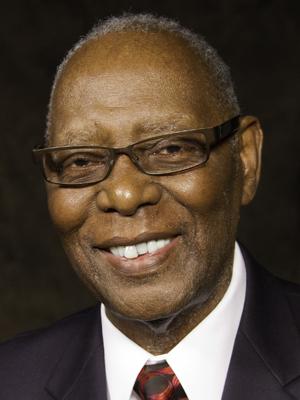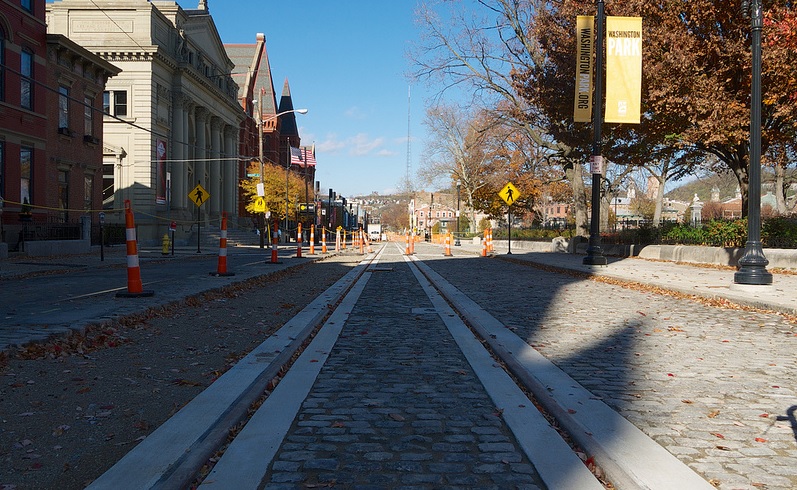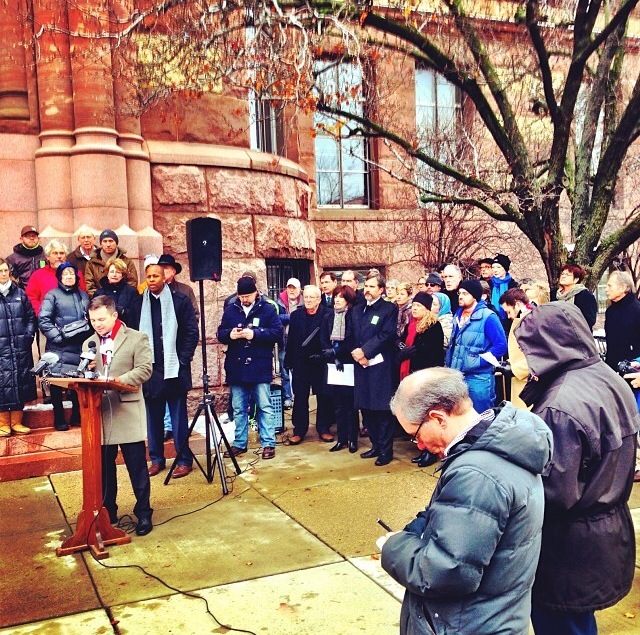We lost a legendary Cincinnatian on Tuesday when William Mallory, Sr. passed away at the age of 82.
Mallory’s political history is profound and sparked a political empire that continues to this day through his five sons who have all continued the family business of politics. You can learn more about the Mallory family, and how William Mallory, Sr. got his start early on in the West End, in this great feature published by The Enquirer.
While the legendary 28-year state representative had been out of that seat since 1994, he continued to make an impact locally. One of his most recent contributions was the Black Brigade Monument at Smale Riverfront Park.
According to the Cincinnati Park Board, it was the Honorable William Mallory, Sr. who inspired the creation of the monument in order to ensure that the story 718 heroes from the Civil War was preserved.
“Upon reading about the experiences of Cincinnati Black Brigade several years ago, Mr. Mallory recognized the story as a rich tapestry—woven with timeless lessons of courage, the search for justice, the scourge of bigotry, and the value of human life and dignity that still speak to us today in the most profound ways possible,” Park Board officials stated in a prepared release.
The monument now stands within the first completed phase of Smale Riverfront Park near where Main Street (Joe Nuxhall Way) terminates at Mehring Way. It was completed in September 2012 and serves as a primary feature of the city’s landmark park.
The Cincinnati Park Board was kind enough to provide us with a video detailing the history of the Cincinnati Black Brigade that includes detailed explanations from William Mallory Sr. as to why the monument is important.
“Late 19th century Cincinnati educator Peter Clark was commissioned by the Black Brigade to document their story. This historical account made it clear to me that the Brigade wished for future generations to know about their contributions to the Defense of Cincinnati,” Mallory explained at the monument’s dedication just over one year ago.
“Having worked for a decade towards creation of a monument to their memory, I am pleased that its design and placement has been led by the Cincinnati Park Board and Cincinnati Parks Foundation. This monument secures Cincinnati’s Black Brigade its proper place in history.”
It is certainly cold outside, but if you have yet to visit the Black Brigade Monument, this is probably a good time to go and experience it for yourself. Perhaps even thank Mr. William Mallory, Sr. for his inspiration and leadership on the matter while you’re there.
There will also be a public service held at the Museum Center at Union Terminal on Sunday, December 22. Those who are interested in attending the celebration of William Mallory, Sr.’s life may do so by submitting an RSVP online.



